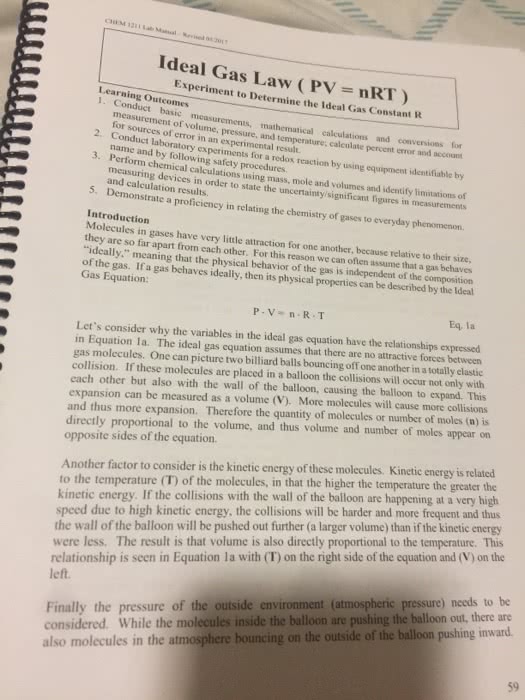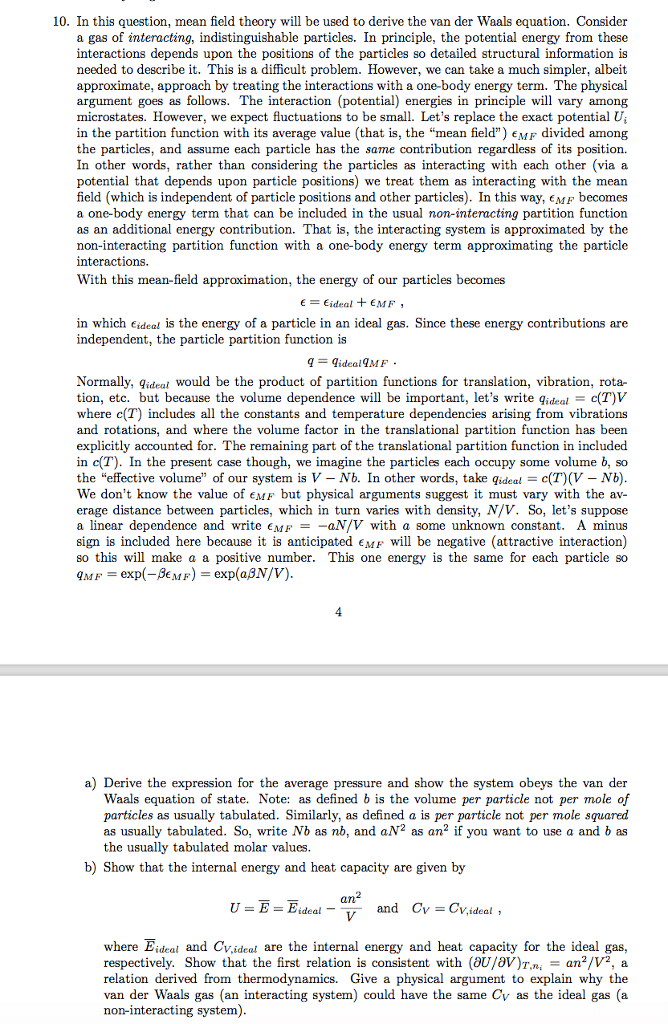Chemistry 1302A/B Lecture 3: Chemistry 1302B lecture 4 (chapter 1.2 & 2.1)
52 views2 pages
28 Jan 2017
School
Department
Course
Professor
Document Summary
Topic: application of ideal gas law & heat, work and energy (chapter 1. 2 and 2. 1) Kinetic energy of gas molecules is directly related to temperature. N: number of particles (increase particles will increase collision, thus increase pressure) V: volume (increase volume will decrease collision, thus decrease pressure) Molar mass is inversely proportional to kinetic energy; a small atom like hydrogen will have a higher mean squared speed compared to a heavier atom neon at the same temperature. Small particles move faster than large particles at same temperature. As molar mass increase, mean kinetic speed decrease. Larger distribution at smaller molar mass and narrower distribution at higher molar mass. Lighter gases effuse faster (starting amount of gases matters; if ratios are not equal, it might affects the outcome) A study of the energy change, or energy transfer, related to physical and chemical processes. Studies the changes in heat energy of chemical reaction.
Get access
Grade+20% off
$8 USD/m$10 USD/m
Billed $96 USD annually

Homework Help
Study Guides
Textbook Solutions
Class Notes
Textbook Notes
Booster Class
40 Verified Answers
Class+
$8 USD/m
Billed $96 USD annually

Homework Help
Study Guides
Textbook Solutions
Class Notes
Textbook Notes
Booster Class
30 Verified Answers



